Rainy day at the Queen of Sheba Mine

The history of the Carbonate and Queen of Sheba Mines in Death Valley provides a compelling narrative of the mining industry's evolution in one of the most challenging environments in the United States. Situated in the Panamint Range, the Carbonate Mine was initially located by Clarence E. Eddy in 1907. It quickly attracted other prospectors and miners, leading to the establishment of the nearby town of Carbonite. Jack Salsberry, a key figure in the development of the area, tackled the significant transportation challenges by constructing a road and employing a fleet of mules and later motor trucks to transport ore to a railroad connection.
The Carbonate Mine flourished for a period, with extensive mining operations and significant ore shipments by the 1910s. Salsberry's innovative transportation methods, including a gasoline tractor and later motor trucks, enabled the mine to export lead and silver ore to smelters in Salt Lake City. Despite extreme temperatures and challenging conditions, the miners adapted by living and working within the cooler mine tunnels.
By the 1920s, the ownership and management of the Carbonate Mine had transitioned to the New Sutherland Divide Mining Company. The mine continued to produce substantial amounts of ore, particularly during and after World War I. However, logistical and economic challenges persisted, with efforts to build a railroad to improve transportation ultimately failing. The Queen of Sheba mine, part of the same ore zone as the Carbonate Mine, also saw intermittent activity during this period.
The mid-20th century saw further changes, with different companies taking over the operations and occasionally introducing new technology, like caterpillar-type tractors, to improve efficiency. Despite these efforts, the mining operations faced declining productivity and profitability, leading to sporadic activity and eventual cessation by the late 1940s.
Today, the Queen of Sheba and Carbonate Mine sites serve as historical remnants of the robust mining activities that once thrived in Death Valley. They offer valuable insights into the technological and human adaptations required to mine valuable minerals in one of the most inhospitable climates on earth. The preservation of these sites and potential interpretive efforts aim to educate visitors about the historical significance and challenges of mining in such extreme environments.




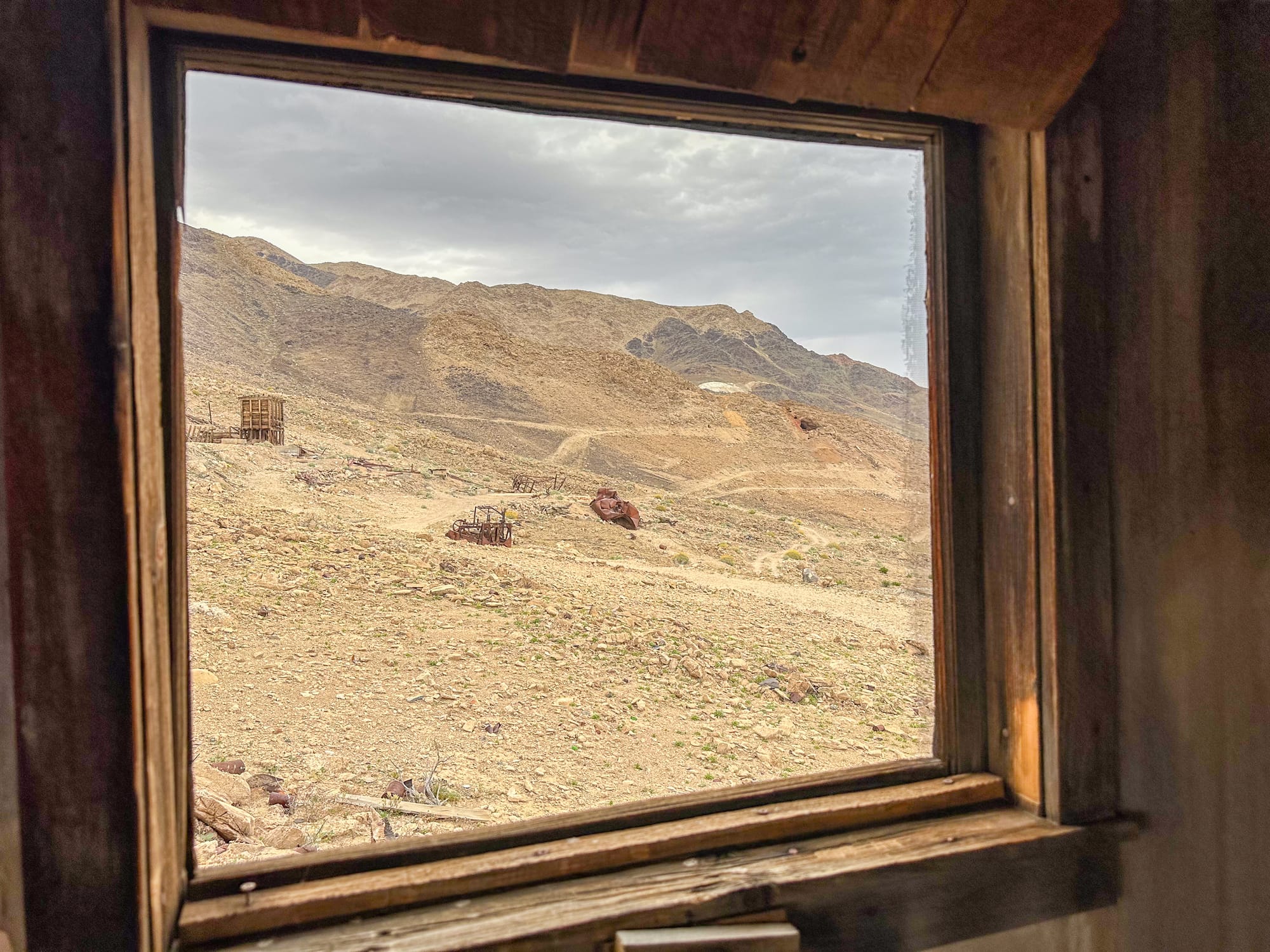
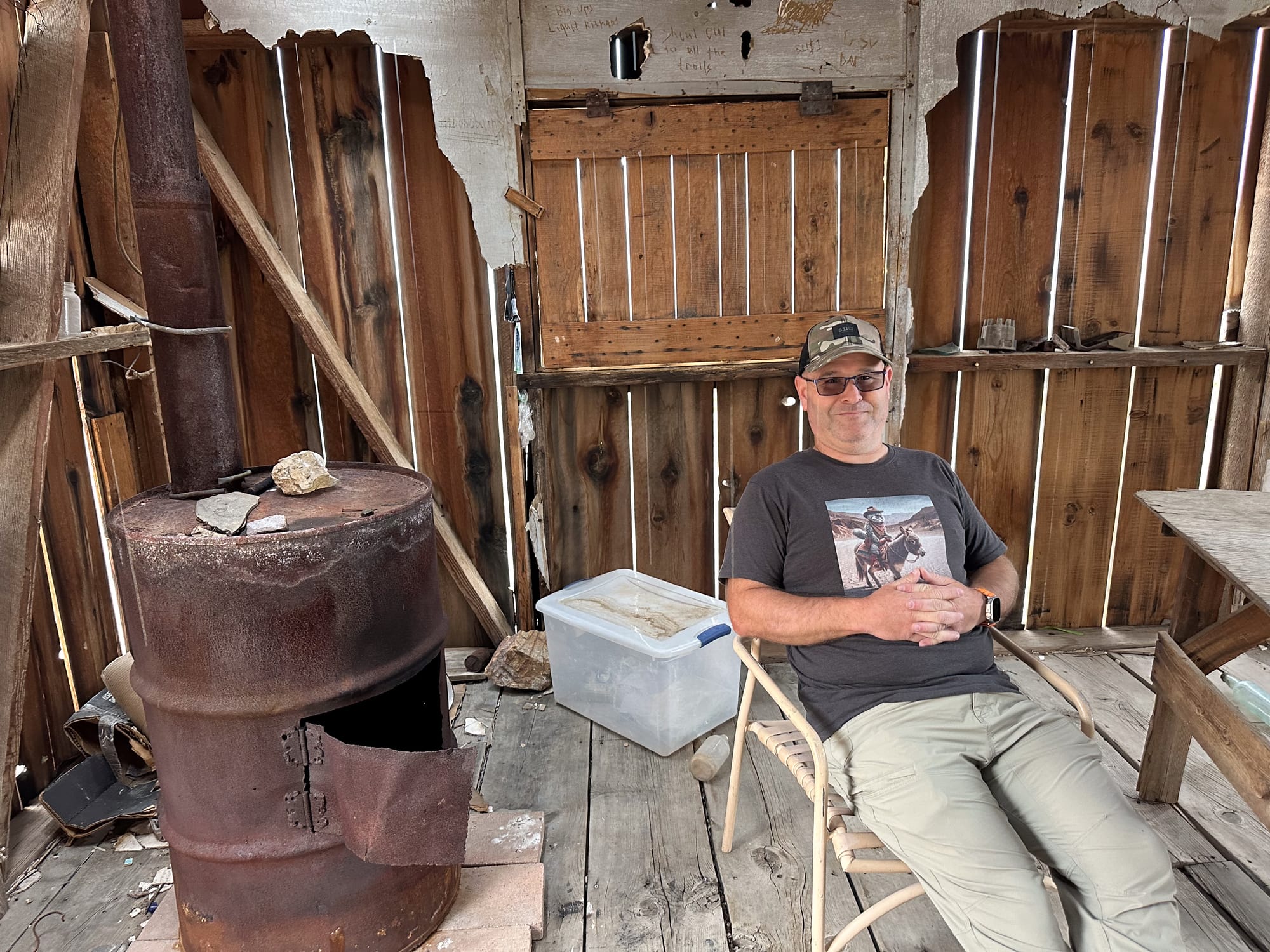
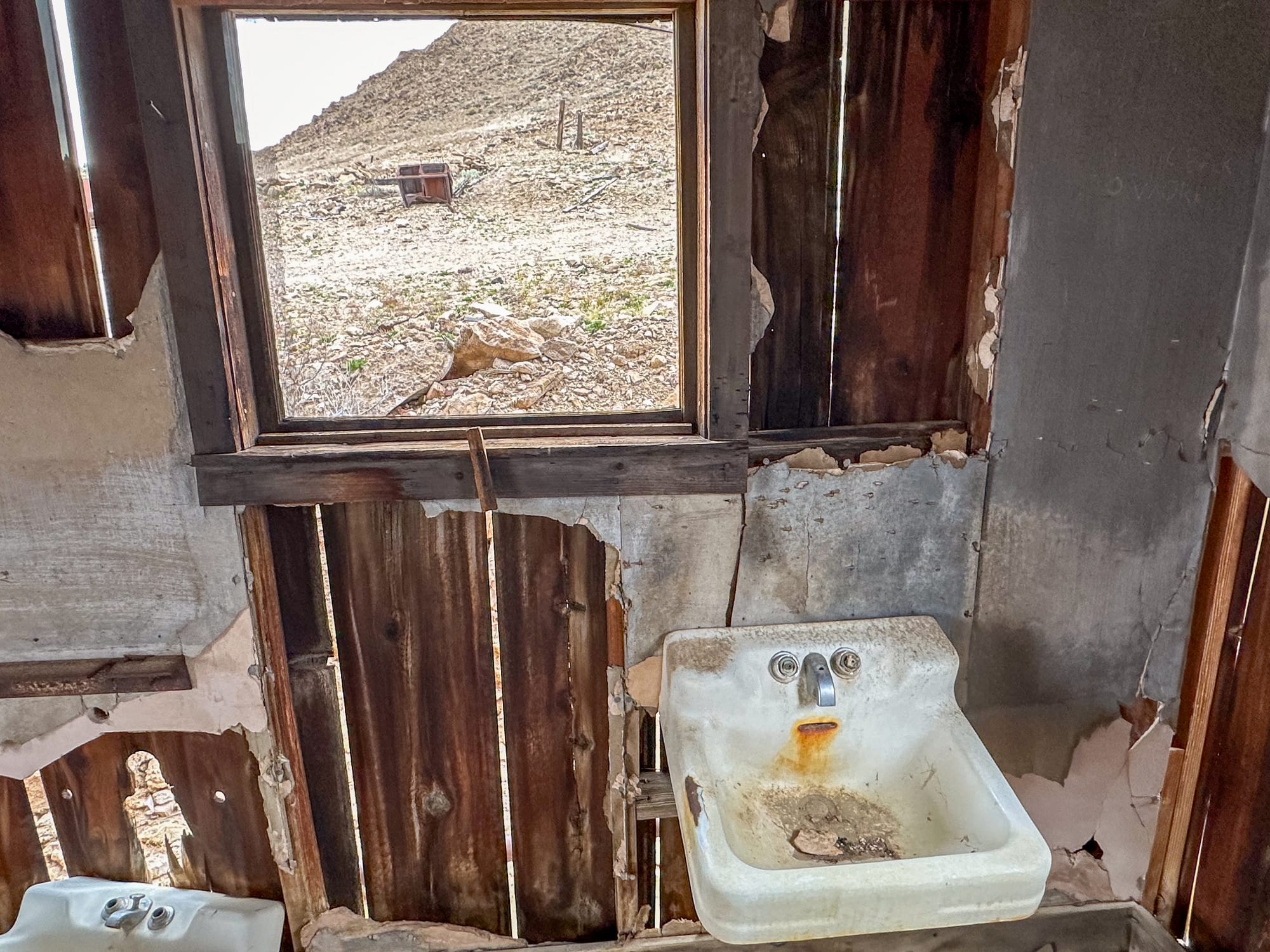

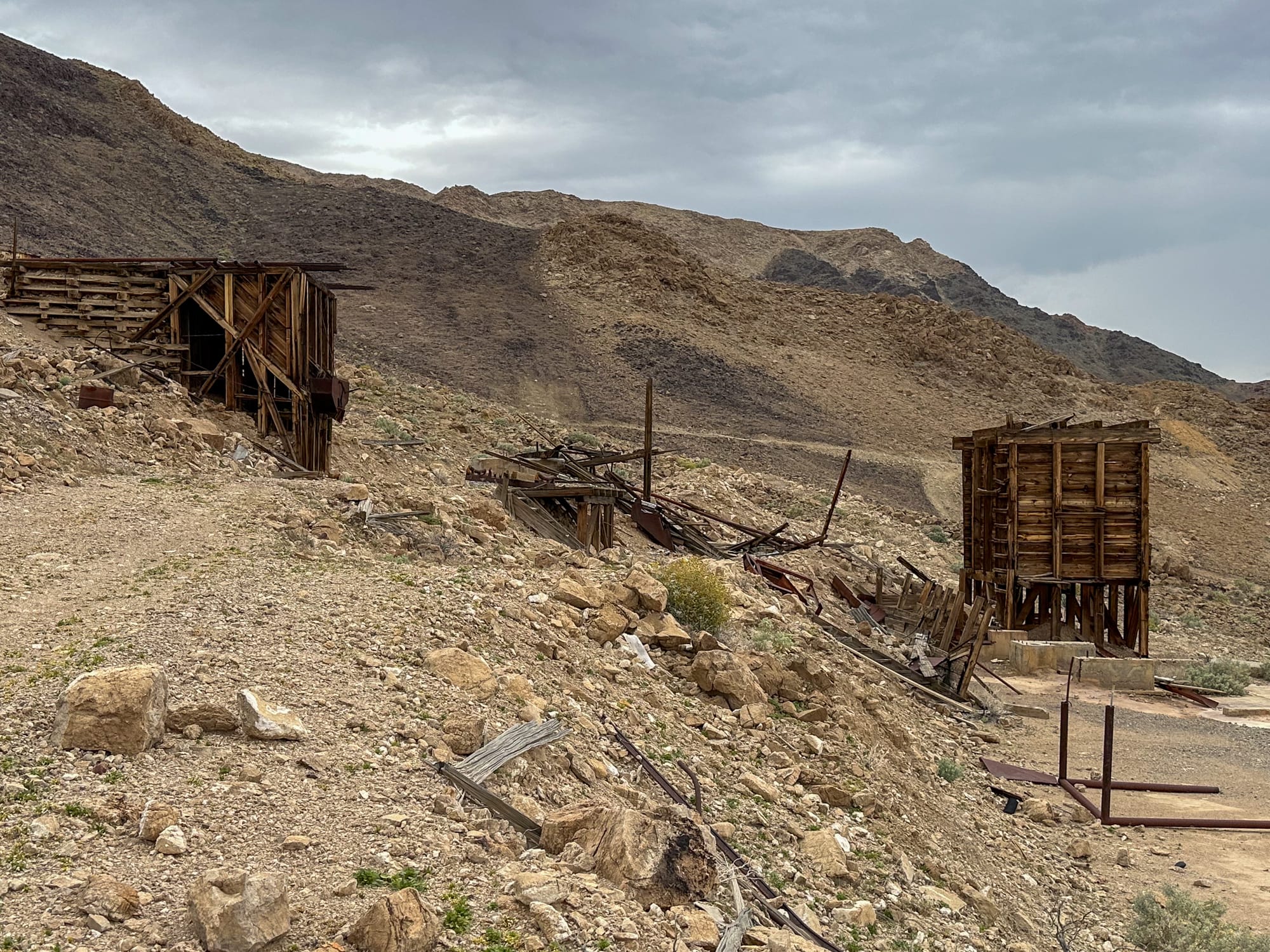
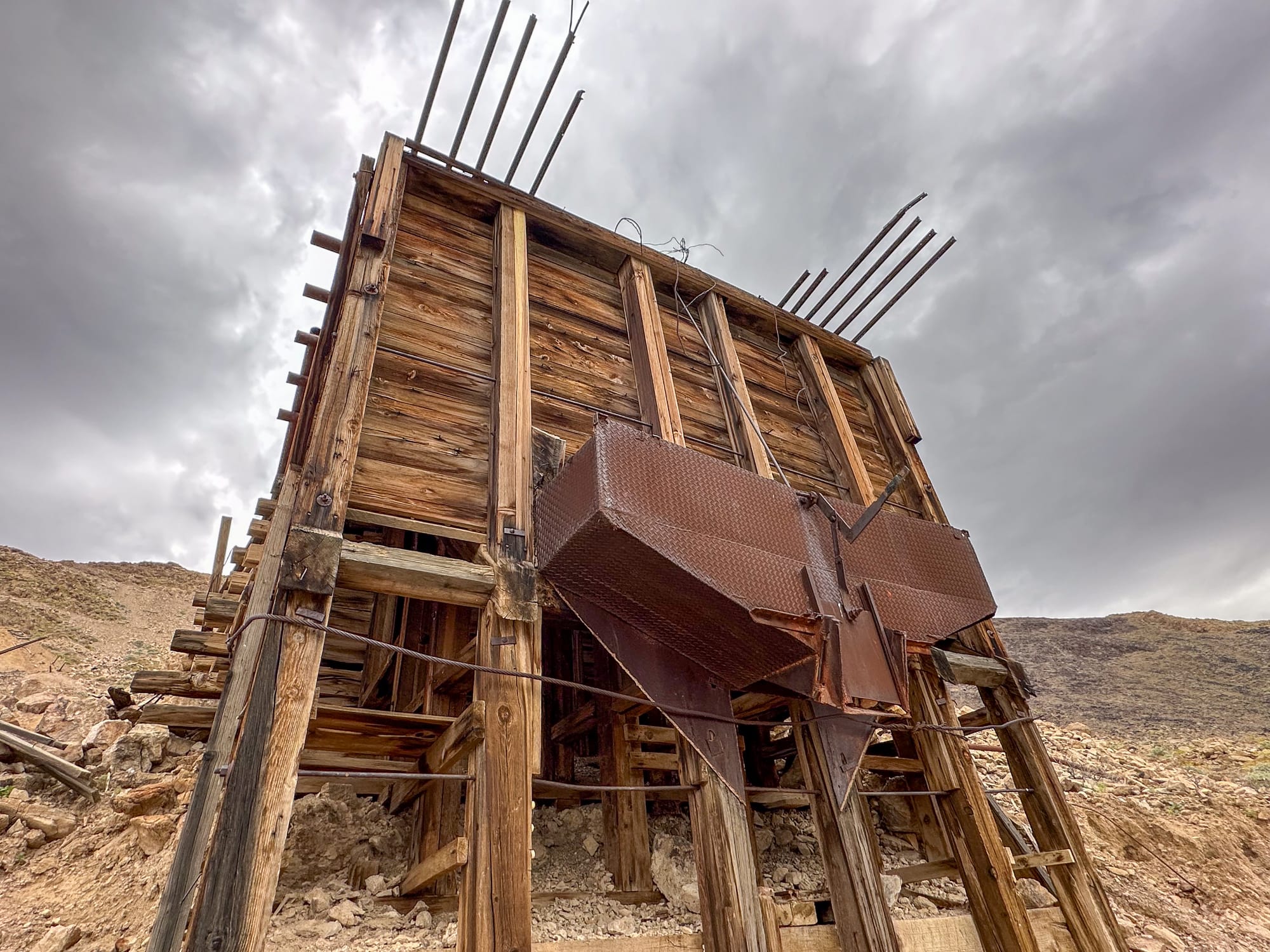








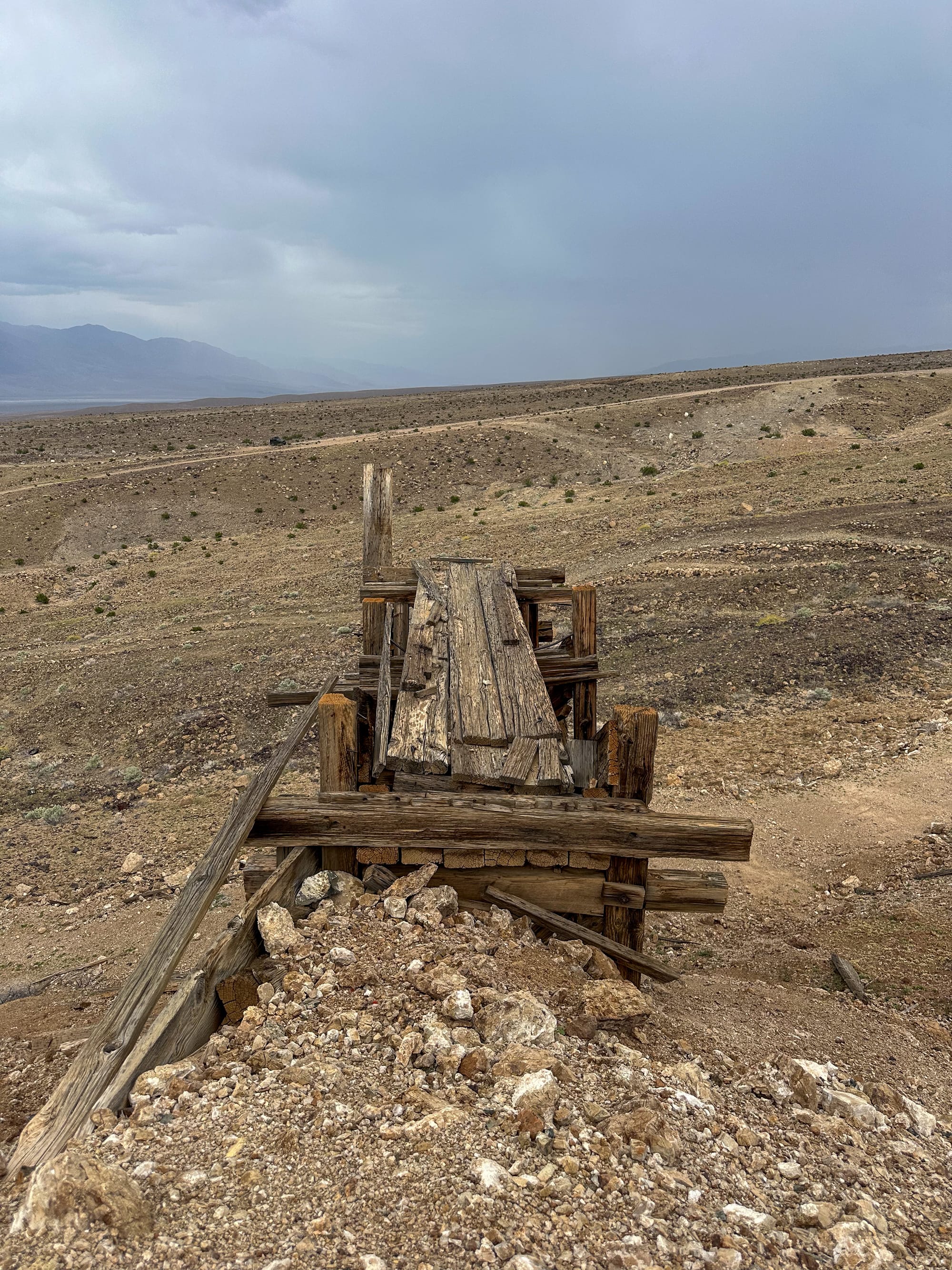

The Queen of Sheba and Carbonite Mine site is very intact with lots of artifacts strewn about the site. Please remember that this historical structures are barely standing so be gentle as you explore. Take photos, leave the artifacts for future mine explorers.
